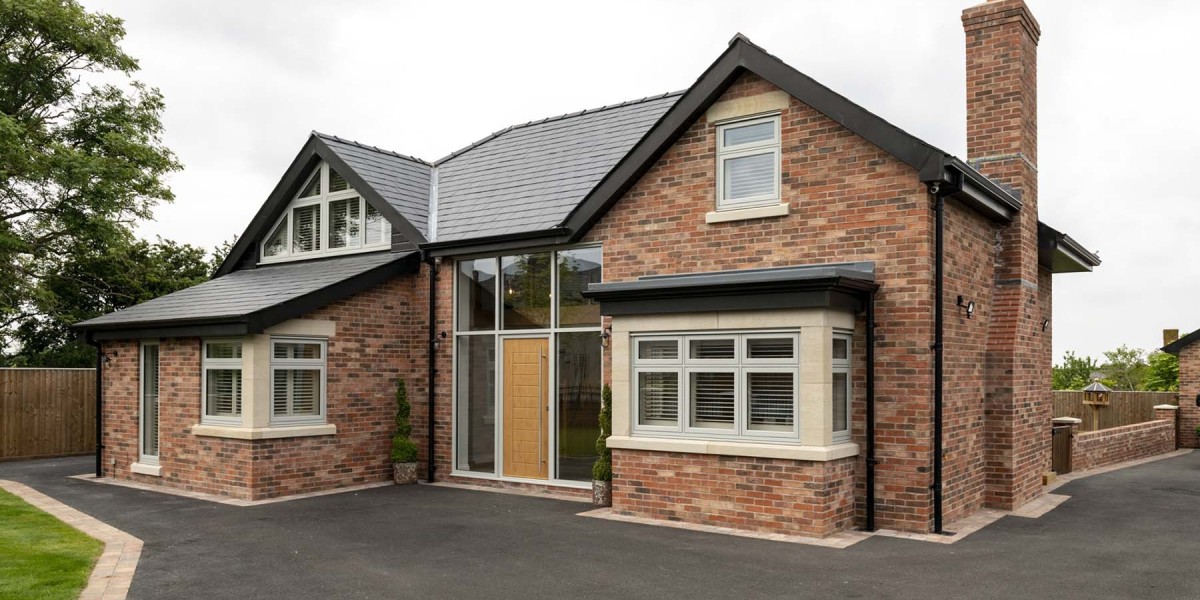Choosing the right color for your home is more than just picking a paint swatch — it’s about setting the tone, creating harmony, and enhancing your space’s overall feel. Whether you’re freshening up a single room or planning a complete home makeover, understanding how to select the perfect shade can make all the difference. If you’re considering Painting Services in Claremore, knowing what works for each room will help you get the results you truly love.
Why Choosing the Right Shade Matters
The colors you choose can affect your mood, perception of space, and even your home’s value. A carefully selected shade can make a small room feel larger, create a sense of calm, or make a bold statement. On the other hand, the wrong choice can throw off the balance and make the room feel uninviting.
Understanding Color Psychology
Before diving into specific room recommendations, it’s important to know the basics of color psychology:
Warm colors like reds, oranges, and yellows can create an energetic and welcoming atmosphere.
Cool colors such as blues, greens, and purples promote calmness and relaxation.
Neutral tones like beige, gray, and off-white provide a timeless backdrop that’s easy to accessorize.
Bold accents can draw attention and add personality when used sparingly.
Living Room: Welcoming and Balanced
The living room is often the heart of the home, where you entertain guests and spend quality time with family. Opt for warm neutrals like beige, taupe, or greige for a versatile base. Add depth with accent walls in rich tones such as navy blue, olive green, or terracotta. These shades work well with both natural light and artificial lighting, creating a cozy yet stylish feel.
Tip:
Use lighter shades if your living room is small or lacks natural light. They can make the space feel more open and airy.
Kitchen: Energizing and Inviting
The kitchen is a lively space where you want both functionality and warmth. Shades like soft yellow, light sage green, or warm white can brighten the room and make it feel inviting. If you prefer a modern touch, try light gray cabinets with a contrasting darker backsplash color.
Tip:
Avoid overly dark colors on all walls in a kitchen unless it’s large and well-lit, as they can make the space feel closed in.
Bedroom: Calm and Restful
Your bedroom should be your sanctuary. Cool colors like soft blues, gentle lavenders, and muted greens can create a tranquil environment that promotes relaxation. If you prefer a more neutral palette, warm grays or creamy whites can be paired with textured fabrics to add coziness without overstimulation.
Tip:
Avoid bright, overly stimulating colors like neon yellow or vibrant red for large areas in bedrooms — they can make it harder to wind down at night.
Bathroom: Fresh and Bright
Bathrooms benefit from colors that feel clean and fresh. Crisp whites, light blues, seafoam greens, and pale grays can make the space feel airy. For a spa-like feel, pair cool tones with natural textures such as wood or stone.
Tip:
Use semi-gloss or satin finishes in bathrooms for better moisture resistance and easier cleaning.
Home Office: Focus and Productivity
The right color in your workspace can help you stay focused and motivated. Soft blues and greens can promote concentration, while warmer tones like muted yellows or tans add energy without distraction. If you want a modern, professional look, try deep charcoal paired with white trim.
Tip:
Avoid overly busy patterns in a home office, as they can be visually distracting during work hours.
Dining Room: Warm and Inviting
Dining rooms benefit from colors that stimulate conversation and appetite. Rich reds, burnt oranges, and deep golds are classic choices. For a contemporary twist, try dark navy or emerald green paired with metallic accents.
Tip:
If you have an open floor plan, ensure your dining room shade complements the adjoining spaces for a seamless flow.
Hallways and Entryways: First Impressions Matter
These transitional spaces set the tone for your entire home. Light neutrals keep hallways feeling open and bright, while bold accent walls in entryways can create a memorable first impression.
Tip:
Since these areas often have limited natural light, choose lighter shades to prevent them from feeling cramped.
Testing Paint Before Committing
Even if you think you’ve found the perfect shade, always test it in the room first. Paint a small section of the wall and observe it at different times of the day under natural and artificial light. Lighting can dramatically change the appearance of a color.
Balancing Colors Throughout Your Home
While each room can have its own personality, there should be a cohesive flow from space to space. Use a consistent undertone — warm or cool — to tie everything together. You can also repeat certain accent colors in different rooms to create unity.
Working with Professionals
Selecting the right color can be overwhelming, especially with thousands of options available. Professional painters and designers can offer expert guidance on which shades will work best for your specific layout, lighting, and style preferences.
A professional team can also ensure proper surface preparation, smooth application, and long-lasting results, saving you time and frustration.
Final Thoughts
Picking the perfect shade for every room is both an art and a science. By understanding color psychology, considering lighting, and thinking about each room’s purpose, you can create a home that feels harmonious and inviting. Whether you want to keep things neutral or experiment with bold tones, the key is to choose colors that reflect your personality and lifestyle.








